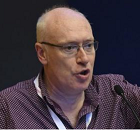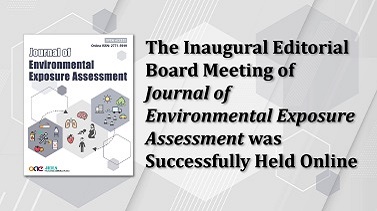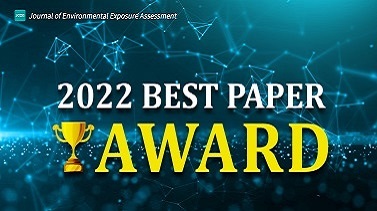Special Interview with Editor-in-Chief -- Prof. Stuart Harrad
We are glad to have a special interview with our Editor-in-Chief, Prof. Stuart Harrad from the University of Birmingham, at the starting of 2022. Several questions were launched to Prof. Harrad:
1. What is the most important question you want to address in your research area?
Assessing the risks that environmental contaminants present to human health essentially requires knowledge of two things: the first is the relationship between the level of the exposure dose and the resultant health effects; the second is the level of the exposure dose and the pathways via which that dose is delivered. Both are equally important. It is of little use knowing that a certain exposure dose to a contaminant will cause an adverse effect if you do not know what proportion of the population experiences exposure at or above that dose. Similarly, knowing that the population is exposed to a contaminant at a given level is of limited use, unless we know whether exposure at that level is harmful. As an exposure scientist, my focus is on increasing our knowledge of both the levels of exposure and how that exposure occurs. Knowing how exposure occurs is important if we wish to be able to reduce exposure to safe levels.
2. What was the defining moment that led you to your field?
Accepting an offer to study for a PhD. My topic was elucidating levels and sources of chlorinated dioxins in UK soils. To succeed, I had to learn the theory and practice of how to measure dioxins. Since then, I have extrapolated this knowledge to a lifetime’s research into the environmental fate and behaviour of trace organic contaminants.
3. How would you induce a new doctoral candidate into their research project?
I always ask new doctoral students to undertake a critical review of the literature on their topic. This not only develops their background knowledge of the subject but leads them to identify and understand the research gap that they are aiming to fill. In many instances, this leads to a critical review that is published in the peer-reviewed literature. The process of developing such a paper and - with supervisory guidance - handling the submission and review process, is an important learning experience for the student. My policy is always that the student is first and - unless they request otherwise - corresponding author. It is very important for early career scientists to build their publication track records in this way.
4. In which ways do you release pressure? What’s your hobby?
Before the outbreak of COVID-19, I often traveled around with my family and friends, and maybe I could catch up with my editorial colleagues in Xi 'an. But now I'm just trying not to go out. I also enjoy playing the guitar and playing in bands.
5. As the Editor-in-Chief, would you share your plan and outlook for the new journal—Journal of Environmental Exposure Assessment?
My vision is that within a few years, it will offer a specialist outlet for high-quality publications reporting on all aspects of assessing exposure to environmental contaminants. I think we have a lot of journals that deal with the aspects of facts of environmental contaminants, but there are not enough. Actually, when looking at aspects of researching to characterize the exposure dose that are extracted at the beginning, there are two things we need to know, namely what the dose is and the effects of that dose, so both of them are important. A dose is adequately reflected in the numbers of journals that are available in terms of specialist outlet of researching to environmental exposure.
Let’s work together and look forward to a better 2022!
Editor-in-Chief’ Biography

Stuart Harrad, School of Geography, Earth, and Environmental Sciences, University of Birmingham, Birmingham, UK. Professor Harrad gained his BSc in Applied Chemistry from De Montfort University in 1984. He then moved to the University of East Anglia, where he completed an MSc in Analytical Chemistry in 1985, and his PhD on Levels and Sources of PCDD/Fs in UK soils in 1989. After several postdoctoral appointments in both the USA and UK, he took up his present post in September 1994. Prof. Harrad is an author of 214 published papers, H-index is 61 (source Scopus, accessed in Jan 2022) up to now. His research interests include: POPs, PFAS, PCBs, Dioxins, Exposure assessment, PAH, BFRs, Flame retardants, Organophosphate esters, PBDEs, HBCDD, Environmental forensics, Pharmaceuticals, Soil, Sediment, Water, Diet, Human biomonitoring, Waste management, E-waste, Landfill, Biomonitoring, Temporal trends. He heads a National Network on Persistent Organic Pollutants, sits on the International Advisory Board of the Annual International Symposia on Halogenated Persistent Organic Pollutants, and chaired the 28th such symposium in Birmingham, August 17-22, 2008.
Respectfully Submitted by the Editorial Office
Journal of Environmental Exposure Assessment









